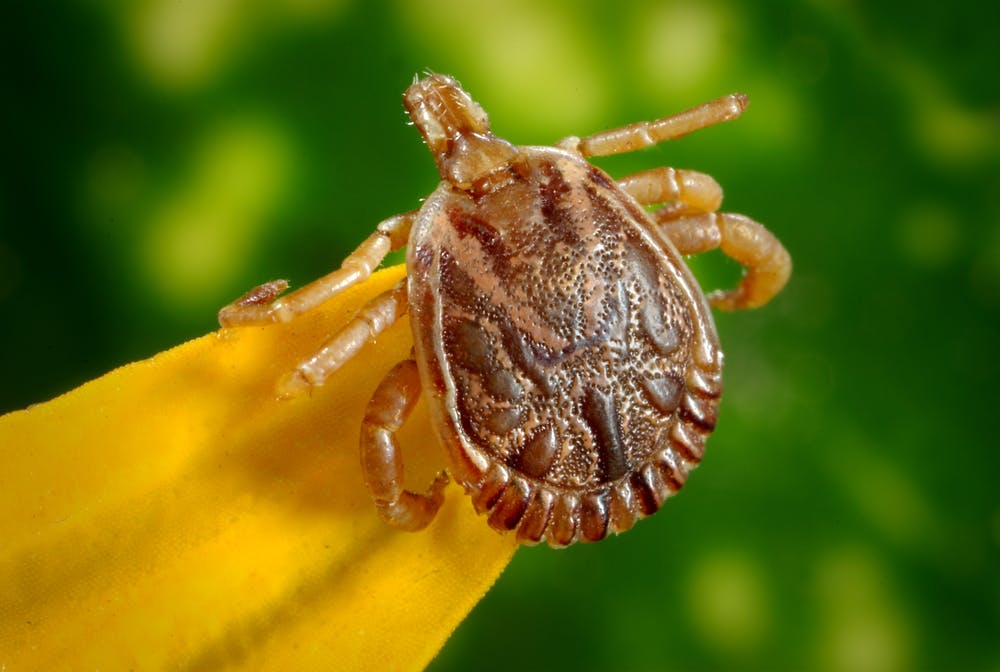Tick Nests
With the onset of the warm season, the question of the treatment of forests against ticks is raised.
“The parasitic Ixodid ticks are the most dangerous to humans. They attack animals and humans and are able to transmit pathogens of a number of heavy diseases, such as tick-borne encephalitis” – Meredith Hayes Health expert from Beezzly says.

According to scientists, there are over 54 thousand species of these tiny arachnids in the world. But every year the number of species is increasing, thanks to new discoveries and research.
Ticks achieved such a large-scale distribution as a result of their microscopically small size. This allowed them to master the upper layers of the soil, rich in plant debris. The typical size of ticks is 0.2-0.4 mm, so they are difficult to identify, and even more difficult to avoid. The habitat of ticks is very diverse, and many species are found on all five continents.
Ticks bring many problems, especially to those who live in a private home. They can be everywhere: in the grass, in the yard, in clothes. Even after a short stay in the fresh air, you can find a little parasite that clings to clothes. But do not rush to opt for toxic yard treatment, try more natural alternatives to get rid of ticks.
First of all, try to determine the presence of ticks in the yard by the old folk method. You do not need to look for a tick’s nest as you will not find despite many articles on the Internet. Take a large length of light cloth, it may be a wafer towel or an old sheet. Try to soak this cloth with sweat as its smell attracts ticks. The next step is to attach the fabric to a long stick in the form of a flag. Then adjust this device in your yard. The ticks will soon cling to the fabric and will be easily seen. If you are lucky and have not found ticks on a rag, you still need to take preventative measures to protect against possible invasion.
How to Get Rid of Ticks in the Yard?
Make your private open space unattractive to ticks:
- Regularly cut the grass.
- Harvest the grass and avoid the accumulation of branches near the house: these are ideal places for ticks.
- Create a barrier of wood chips, mulch or gravel between any overgrown areas in the area and the open lawn. The tick will find it difficult to overcome this barrier. Make sure the mulch is also made of large dry wood chips or bark. Wet mulch is a favorable environment for ticks.
- Get rid of weeds. Ticks like to hide in tall grass and weeds.
- Remove excess trash and old furniture in the yard.
- Experts say that the yard treatment with anti-tics substances is not enough, there is a safer and more effective approach. You may purchase a special trap for ticks. These are cardboard tubes stuffed with cotton balls. The balls are treated with permethrin, and this chemical kills ticks. Mice living in the yard will take cotton from biodegradable tubes and use it to create their nests. The ticks will bite the mice, this way they will consume the chemical and die. The advantage of this method is that it will not harm other animals.



